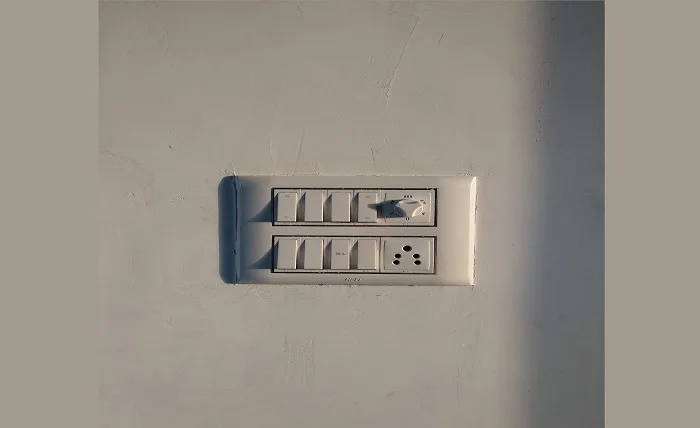Are you wondering what the difference is between an AC isolator switch and a DC isolator switch? When it comes to electrical safety, it is important to understand the differences between the two so you can make sure your wiring and equipment are properly protected. Knowing their basic concepts is necessary whether you are building a home or replacing old switches. In this blog post, we will discuss everything you need to know about DC and AC isolator switches so that you can make an informed decision on which one is appropriate for your needs.
Table of Contents
What is an AC Isolator Switch?
An AC isolator switch is an electrical switching device that can isolate a specific circuit or device from the power supply. This switch is typically used when working on electrical circuits because it provides a safe way to disconnect the power supply and protect workers and the equipment.
The AC isolator switch works by connecting the main AC power supply with the circuit or device being worked on. It has two positions: on and off. With the ‘on’ position, the switch allows electrical current to flow through it and power the device or circuit. With the ‘off’ position, the switch blocks any current flow and prevents any accidental electrocution.
The switch itself consists of a metal housing containing one or more sets of contacts. These contacts are connected to an internal mechanism that can be triggered by either a manual switch or automatically through a timer. The internal mechanism then opens or closes the contacts, allowing or preventing current from passing through.
As far as safety is concerned, when an AC isolator switch is installed, the circuit or device being worked on cannot be accidentally energized. It protects homes and buildings against electrical shock because there is no direct contact with the live wires. Furthermore, it is useful for isolating circuits so that other parts of the system are not affected by work being carried out on a particular circuit.
For example, when working on a fluorescent light, an AC isolator switch ensures that the rest of the electrical system in the building is not affected. Similarly, when servicing an air conditioning unit, the switch makes sure that the power to other devices in the same area is not inadvertently switched off. In this way, the AC isolator switch allows for safe and efficient maintenance of electrical systems.
What is a DC Isolator Switch?
A DC isolator switch can safely and effectively disconnect an electrical circuit from its power supply. It is used to protect the circuit from overloading, short-circuiting, and other damages. The switch isolates the electrical load from the power source and interrupts the flow of current when needed.
DC Isolator switches are designed to work with direct current (DC) power sources such as solar panels or battery systems. They are commonly used in off-grid or renewable energy systems, like solar panel systems. Unlike AC isolator switches, DC isolator switches are not rated for use with alternating current (AC) power sources.
DC isolator switches come in various sizes and voltage ratings, which are determined by the size of the system and the amount of power being supplied. In most cases, DC Isolator switches are composed of two sections: an inner contact and an outer frame. The inner contact is used to control the flow of electricity, while the outer frame provides insulation for protection against electric shocks.
The Difference Between AC and DC Isolator Switches
AC and DC isolator switches are both used for the purpose of isolating electrical circuits, but there are some key differences between the two that should be noted.
The first major difference is in the type of power they use. AC isolator switches use alternating current (AC) while DC isolator switches use direct current (DC). Alternating current is the most common type of electrical power; this is what most homes and businesses in the United States use. It changes direction periodically and is measured in volts, hertz, and amperes. Direct current, on the other hand, is unidirectional and is measured in volts and amperes.
The second major difference between AC and DC isolator switches is in the amount of power they can handle. AC isolator switches are usually able to handle higher levels of power than DC isolator switches due to the nature of their design. This makes them ideal for applications that require higher levels of power.
AC and DC isolator switches also have different configurations when it comes to their wiring. AC isolator switches typically have two terminals, one hot and one neutral whereas DC isolator switches may have more than two terminals depending on the application. Additionally, unlike its counterpart, AC isolator switches often require a separate ground connection in order to function correctly.
Conclusion
AC and DC isolator switches are crucial to electrical systems, ensuring the safe operation and maintenance of electrical outlets in commercial and residential complexes. While both types of switches serve a similar purpose, they have distinct differences that must be taken into consideration when selecting the right type for your application. All in all, be sure to carefully consider the type of power you are using and the level of power you will be dealing with so that your electrical system can operate safely.



